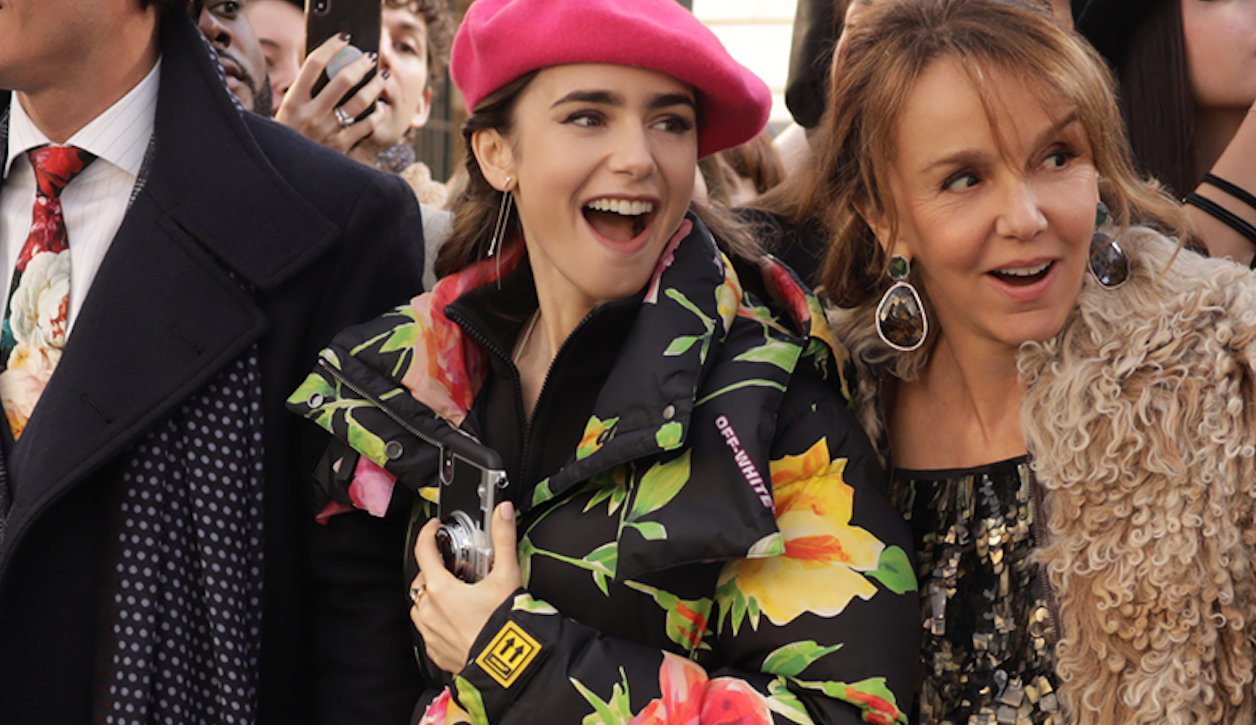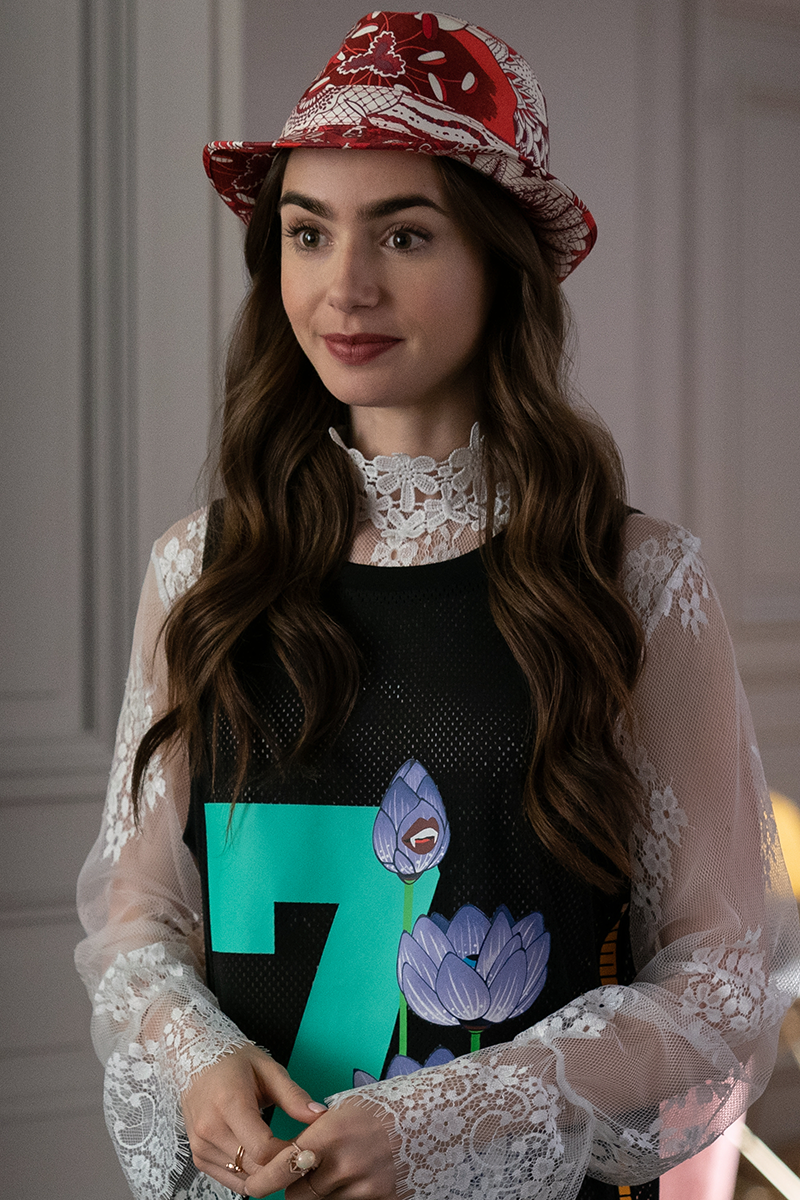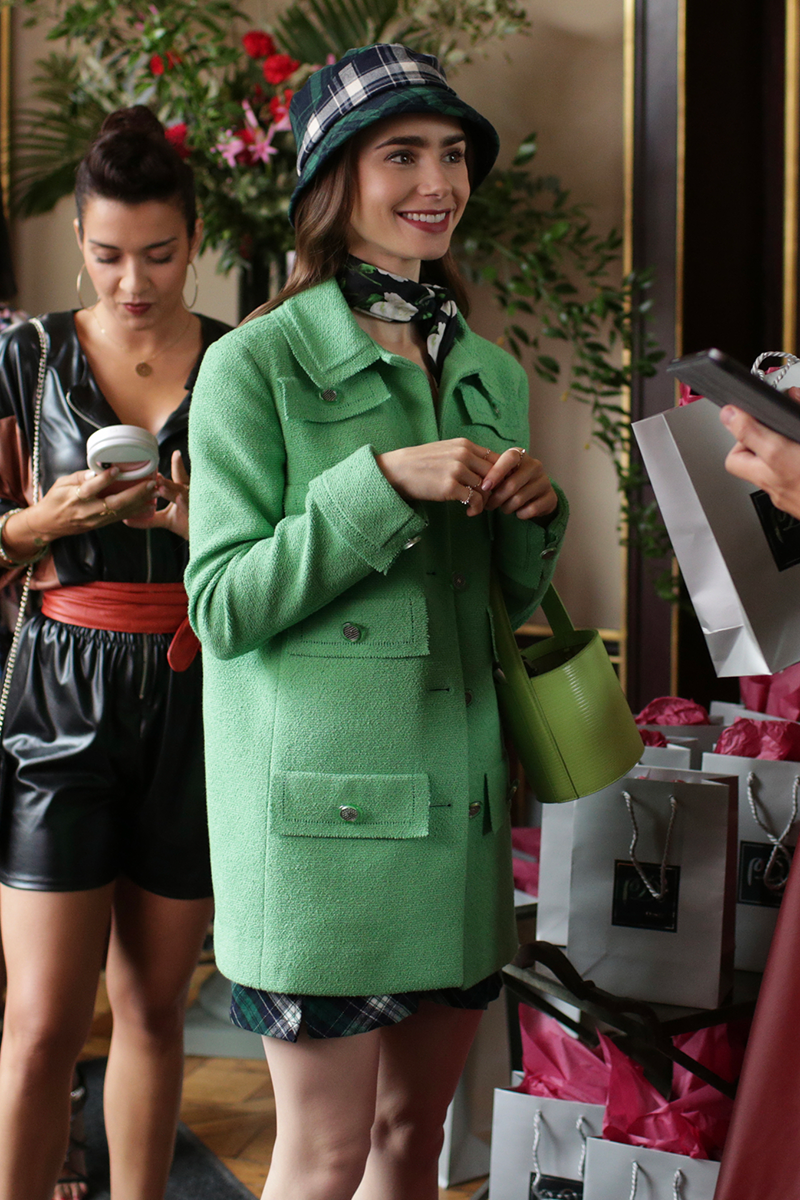
 I’d like to say up front that I’ll gladly concede Emily in Paris, the frothy 10-part Netflix series dividing the internet, is not a fantastic piece of television. It certainly won’t be entering the canon of the medium’s current ‘Golden Age.’ But given the reactions I’d seen online, you’d think Darren Star had set out to personally affront the entire country of France (and its many international disciples) with a dastardly piece of work so offensive, it bordered on racial hatred. It is in the spirit and this spirit only that I’m compelled to defend it.
I’d like to say up front that I’ll gladly concede Emily in Paris, the frothy 10-part Netflix series dividing the internet, is not a fantastic piece of television. It certainly won’t be entering the canon of the medium’s current ‘Golden Age.’ But given the reactions I’d seen online, you’d think Darren Star had set out to personally affront the entire country of France (and its many international disciples) with a dastardly piece of work so offensive, it bordered on racial hatred. It is in the spirit and this spirit only that I’m compelled to defend it.
Out the gate I was skeptical about the righteous anger that was swelling online. It seems to me that accusing Darren Star of ‘resting on cliches’ is a bit like criticizing Michael Bay for not passing the Bechdel test. This is the man who fashioned a megaverse out of four Cosmpolitan-wielding Manhattan-ites who croon fabulous! without irony. He had already sent a precocious sample-sized American to Paris, and we lapped it up, even when she too didn’t bother to learn French, squealed at the Eiffel Tower and wore questionable berets and tulle maxi skirts.
Darren Star doesn’t tend to trade in subtlety and nuance, but in the past we adored him for it. We knew Carrie Bradshaw could never afford an expansive apartment in the Village and an ever-evolving wardrobe of John Galliano for Dior on the meager budget of a single newspaper column, but we didn’t care. We knew that a person who said “I don’t believe in the Republican party or the Democratic party, I just believe in parties” and did Kegel tightening exercises at brunch couldn’t exist in real life, and that’s exactly why Samantha Jones is canonized in our culture.
 Granted, Emily in Paris doesn’t have the razor-sharp wit or deft social commentary that made Sex and the City a cultural phenomenon. It certainly went a little heavy-handed on the pains au chocolat and on its depiction of the French as (largely white) chain-smoking sexual hedonists, but reports suggest the French aren’t actually as universally outraged by the series as the critics would have you believe. Emily in Paris was the most-watched show on French Netflix this week.
Granted, Emily in Paris doesn’t have the razor-sharp wit or deft social commentary that made Sex and the City a cultural phenomenon. It certainly went a little heavy-handed on the pains au chocolat and on its depiction of the French as (largely white) chain-smoking sexual hedonists, but reports suggest the French aren’t actually as universally outraged by the series as the critics would have you believe. Emily in Paris was the most-watched show on French Netflix this week.
I’m also tempted to defend Patricia Field’s fashion choices, which have also been getting a fairly severe criticism online. Is it realistic that a 20-something social media strategist could afford a revolving door of Dolce & Gabbana and Chanel? No, but realism has never been Field’s MO. It can be easy to forget with the 20 years of distance we have now, but Sex and the City does not represent an accurate time capsule of typical ’90s and early ’00s style. The first season of SATC aired in 1998, when the chicest woman in New York City was still Carolyn Bessette-Kennedy, universally beloved for her lo-fi take on Upper East Side glamour. By 2002, the world was worshiping at the altar of Sienna Miller and her widely-emulated brand of modern bohemia.
When SATC aired Carrie’s wardrobe was also considered brash and garish and was, like Emily’s, ridiculed. The tutu? The bustle skirt? The midriff belt? All are truly insane concoctions that referenced the style of the time only loosely. Emily’s rose-printed Off-White puffer, oversized green Chanel blazer (accessorized with a plaid bucket hat, naturally) and whatever that outrageous basketball vest/lace blouse combination was are, granted, not my personal taste—but they’re a totally natural continuation of the Field legacy.

It was refreshing to see something bordering on genuinely individual style presented on the small screen. Instagram has made fashion feel stiflingly homogeneous, defined by the ubiquity of a handful of pieces each season and by the general consensus that 20-30 influencers are the sole harbingers of good taste. It was… fun, to see the disparate trends of our era spliced together in a way that feels totally detached from mainstream fashion’s opinion. Patricia Field’s protagonists tend to have a magpie-like approach to clothes, they’re attracted to something shiny and blessed with the sociopathic level of confidence required to pull them off. You don’t have to like the final product to appreciate it.
In summation—let Emily live. There is a growing separation between what people actually like and what they say they like on the internet—on a macro level you have Donald Trump, on a micro level you have Emily in Paris. Everyone is purporting to hate a series they also decided to spend 5 hours of their lives watching. And I suspect those people, like myself, got through 10 episodes not because they thought the show was stupid (though it often was) but because it offered a much-needed dose of escapism in a strange and unsettling time. Things don’t need to be perfect or even particularly good for us to like them. Sometimes a spade is just a spade. And a Darren Star comedy set in Paris is just a Darren Star comedy set in Paris.














